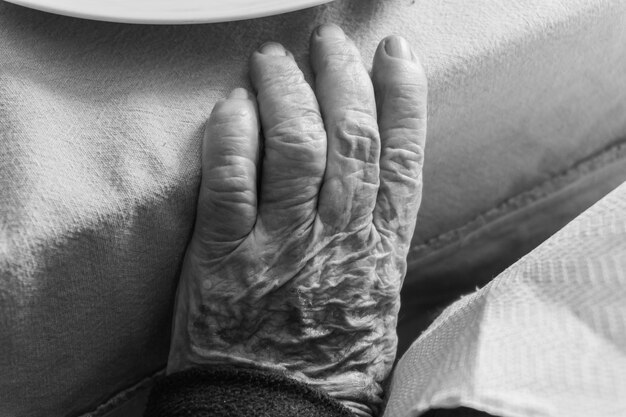Understanding the Progression of Parkinson's Disease
When someone faces a Parkinson's diagnosis, a whirlwind of questions and concerns often follows. One of the most pressing inquiries remains: how does Parkinson's progress? Understanding the trajectory of this neurological disorder can be crucial for patients and families alike, providing a roadmap of what to expect and how to manage the journey ahead.
What Happens as Parkinson's Disease Progresses?
Parkinson's disease is a progressive disorder of the nervous system that significantly impacts movement. As it progresses, symptoms begin subtly, often starting with barely noticeable tremors in just one hand. Over time, these tremors may become more pronounced, and other symptoms emerge, including slow movement, muscle stiffness, and difficulty with balance.
The progression of Parkinson's is generally categorized into five stages:
Stage One: Symptoms are mild and typically only affect one side of the body. Daily activities usually aren’t significantly impacted.
Stage Two: Symptoms such as tremors, rigidity, and movement problems begin to affect both sides of the body, but balance remains intact.
Stage Three: Balance begins to diminish, significantly slowing physical movements. This is often when tasks become more challenging.
Stage Four: Symptoms are severe and limiting, but patients can still stand without assistance. Movement requires significant effort.
Stage Five: This stage is the most debilitating, often requiring a wheelchair and around-the-clock assistance.
While the progression can vary vastly from person to person, understanding these stages can help those affected better prepare for the future and seek the necessary support.
Recognizing the Need for Financial Support
As the disease progresses, the need for financial support becomes critical. The cost of medications, treatments, and potential caregiving can be overwhelming. Thankfully, there are various government aid programs and solutions designed to help manage these financial burdens.
Financial Assistance Options
Government Aid and Insurance
Navigating the myriad of support options can be daunting, but several programs offer relief:
Medicare and Medicaid: Essential for covering treatments and medications, these can significantly reduce medical costs.
Social Security Disability Insurance (SSDI): Available for those whose ability to work is impacted by the disease.
Non-Profit and Community Resources
Support isn't just limited to government-based assistance:
National Parkinson Foundation offers resources and potential grants to help with medical interventions.
Local Parkinson's support groups can provide valuable information on regional resources.
Educational Grants and Support
For those with Parkinson's or their family members seeking further education, several scholarships and grants are specifically designed for individuals in these situations. Pursuing educational opportunities can be a positive way to prepare for new career paths that align better with changing physical abilities.
Managing Debt and Financial Health
Ensuring financial stability is another critical component:
Debt Relief Programs: Assistance can be sought through various programs that specialize in managing and consolidating debt.
Credit Card Solutions: Many credit card companies offer hardship programs for those with medical conditions, providing temporary relief from payments and reduced interest rates.
Key Financial Resources
📋 Below is a summary of potential financial support options for those affected by Parkinson's disease:
- 💡 Medicare and Medicaid: Subsidized health coverage.
- 🏦 SSDI: Income for those unable to work.
- 🏢 National Parkinson Foundation: Grants and resources.
- 📚 Educational Grants: Financial help for further education.
- 💳 Credit Card Hardship Programs: Manage debt more effectively.
- 🌟 Debt Relief Solutions: Consolidation and management programs.
The journey through Parkinson's disease can be challenging, but knowing how it progresses and the available support can significantly ease the burden. Investigating these programs early and thoroughly is an empowering step toward managing the disease and maintaining a fulfilling life.

Related Topics
- Are There Environmental Causes Of Parkinsons
- Can Alcohol Cause Parkinson's
- Can Concussions Cause Parkinson's
- Can Concussions Cause Parkinson's Disease
- Can Dogs Get Parkinson's Disease
- Can Dogs Get Parkinsons
- Can Dogs Have Parkinson's
- Can Dogs Have Parkinson's Disease
- Can Females Get Parkinson Disease
- Can Head Trauma Cause Parkinson's